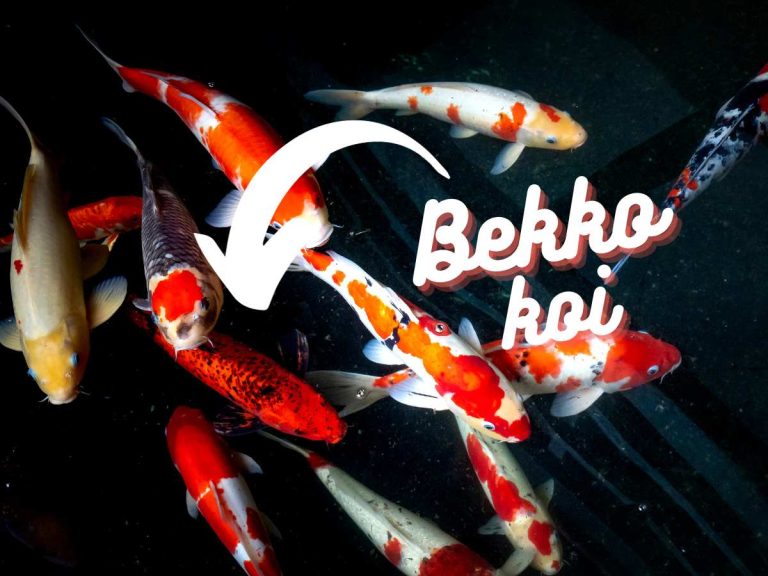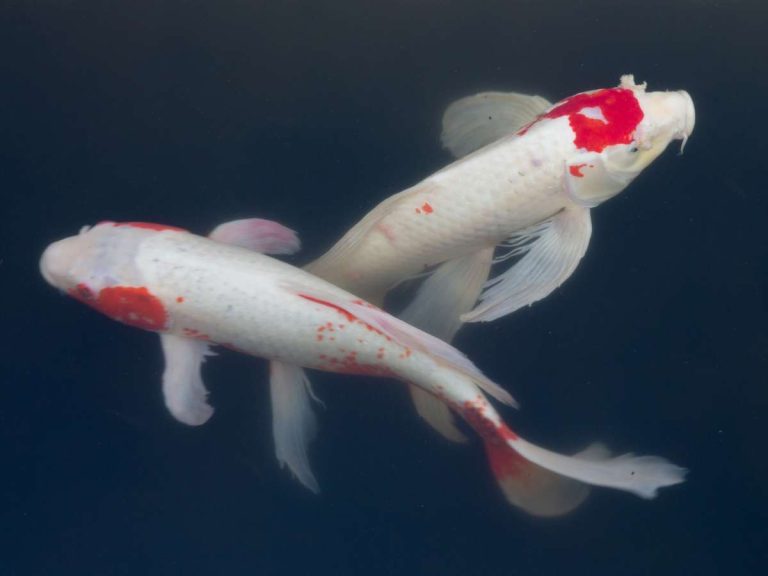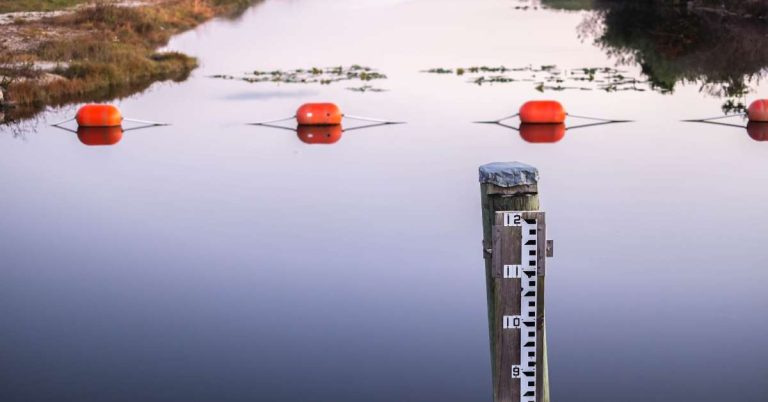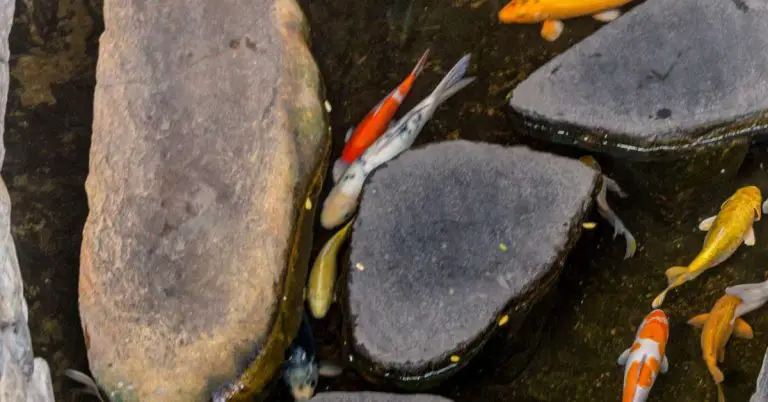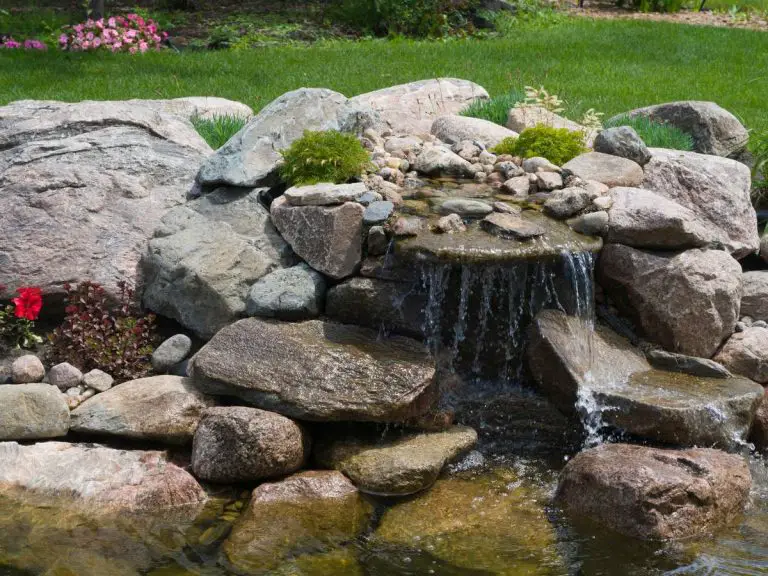How to Keep Koi from Eating Pond Plants: Effective Strategies and Techniques
Koi fish, with their vibrant colors and graceful movements, are a captivating addition to any pond. However, their natural curiosity and appetite can sometimes lead them to nibble on the very plants that enhance the beauty and balance of their aquatic home. While this behavior is instinctual, it can be detrimental to both the aesthetics of your pond and the health of its ecosystem.
Struggling to figure out how to keep koi from eating pond plants? Well, you’re in luck! This article provides strategies and techniques to prevent koi fish from consuming or damaging the plants in your pond. Whether you want to maintain a healthy and visually pleasing environment or you’re simply tired of your koi fish munching on your precious plants, we’ve got you covered.
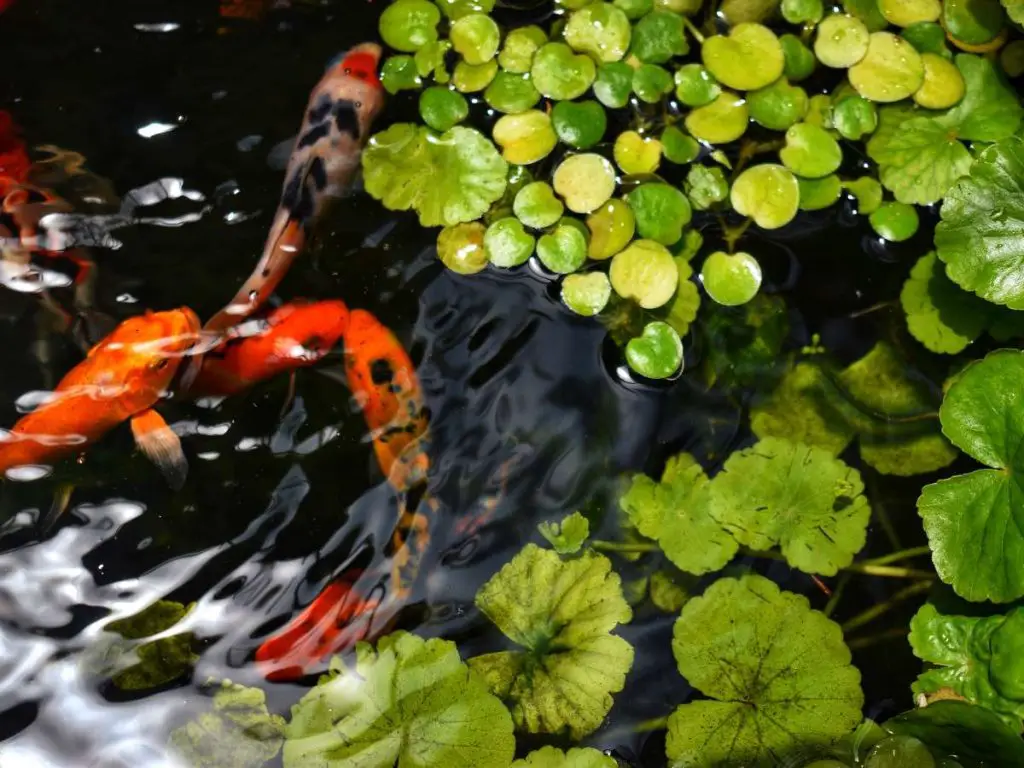
Why Koi Eat Your Pond Plants – Understanding Their Diets
Koi fish are fascinating creatures with unique feeding habits. They have a voracious appetite and will eat almost anything that they come across, including pond plants. Understanding this behavior is crucial in finding effective strategies to prevent them from devouring your beloved plants.
One of the main reasons why koi fish eat pond plants is due to their omnivorous nature. They are opportunistic feeders and will happily munch on both plant matter and small insects or animals that they come across. In the wild, they rely on a varied diet to meet their nutritional needs.
When it comes to pond plants, koi fish are particularly attracted to those that are soft and tender. They enjoy the taste and texture of delicate floating plants or submerged vegetation.
Additionally, koi fish may also nibble on plants to clean their teeth or remove parasites from their mouths.
What Plants Will Koi Not Eat?
Koi fish, known for their vibrant colors and majestic beauty, are also notorious for their voracious appetites. When it comes to their pond environment, they can be quite indiscriminate, nibbling on a variety of plants. However, there are certain types of plants that koi tend to avoid, either due to their taste, texture, or other inherent characteristics.
Taste and Palatability: Just like humans, koi have preferences when it comes to taste. Some plants produce natural compounds that are less palatable to koi. Plants that have a bitter taste or those that don’t offer much nutritional value are often left untouched.
Texture and Structure: Plants with thicker, tougher leaves or stems are generally less appealing to koi. The robust structure of these plants makes them harder for koi to nibble on or uproot. Moreover, plants that have a dense growth pattern can be daunting for koi to navigate through, making them less likely to be consumed.
Rapid Growth Rate: Plants that grow rapidly can sometimes outpace the nibbling habits of koi. Even if koi take an interest in these plants, their fast growth ensures that they remain present and thriving in the pond.
Native vs. Non-Native Plants: Koi, being originally from East Asia, might be less inclined to nibble on plants that are native to their original habitat. However, this can vary, and introducing non-native plants can sometimes deter koi due to unfamiliarity.
Depth and Placement: Plants that grow deeper in the pond or those that float on the surface but have roots extending deep into the water column can be less accessible to koi. Their placement can deter koi from reaching their roots or leaves.
Ultimately while koi have a reputation for being plant nibblers, understanding their preferences and behaviors can guide pond owners in selecting plants that are less likely to become a koi snack. By focusing on the taste, texture, growth rate, and placement of plants, one can create a harmonious pond environment where both plants and koi coexist beautifully.
Koi Fish-Friendly Plants: Plants They Don’t Like Eating
To ensure the survival of your pond plants, it’s essential to choose varieties that koi fish are less inclined to consume. Here’s an expanded list of pond plants that are generally safe from their appetites:
| Plant Name | Description |
|---|---|
| Anacharis | A popular choice that koi and goldfish don’t usually find palatable. |
| Japanese Sweet Flag | Not only adds beauty but is also less likely to be eaten. |
| Water Lettuce | Provides shade and is not a favorite snack for koi. |
| Hornwort | This plant isn’t tasty to either goldfish or koi. |
| Water Lotus | While koi don’t find lotus overly tasty, ensure you use species native to your region as lotus can spread rapidly. |
| Eelgrass and Horsetail | These are among the plants that koi don’t find overly palatable. |
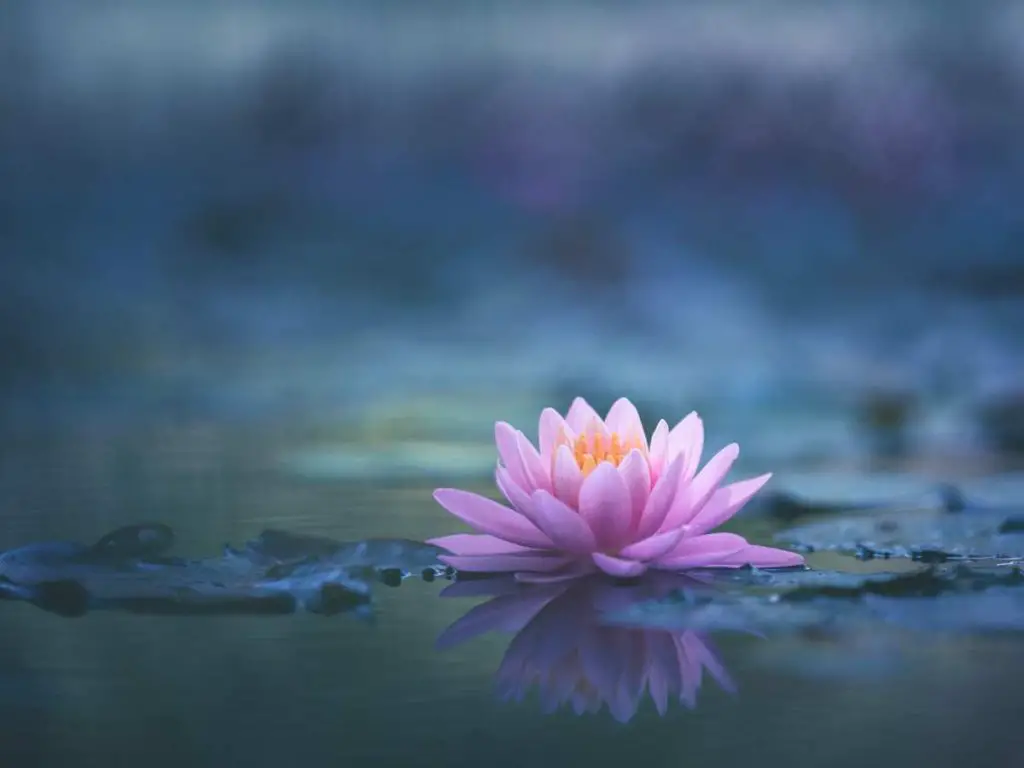
Pond Plants to Avoid: Plants Koi Find Irresistable
While they can eat a variety of plants, there are certain types that they find especially appetizing. These plants are often soft, easy to nibble on, and are found floating on the pond’s surface or have tender submerged portions. If you’re aiming for a balanced pond ecosystem where plants and koi coexist without the former being devoured, it’s essential to know which plants are most likely to end up on the koi’s menu.
- Floating Plants: Koi often find floating plants easy targets. These plants sit on the water’s surface, making them readily accessible to koi. They don’t require rooting in the pond substrate, which means koi can easily pull them in and munch on them.
- Soft-Stemmed Plants: Plants with soft stems or leaves are easier for koi to nibble on compared to those with tougher or more fibrous textures.
- Brightly Colored Plants: Just as koi are attracted to brightly colored food pellets, they might also be drawn to plants with vibrant hues, possibly mistaking them for food.
Given these preferences, here are specific plants that you might want to reconsider if you have koi in your pond:
- Water Lilies: While they add beauty and shade to the pond, their soft leaves and bright flowers can be a favorite snack for koi.
- Duckweed: This tiny floating plant is small and easy for koi to consume, often in large quantities.
- Water Hyacinth: With its attractive lavender flowers and floating rosette of leaves, water hyacinth might seem like a good choice for aesthetic reasons. However, koi find them delectable, especially their soft roots.
When choosing plants for a koi pond, it’s essential to strike a balance between aesthetics, the plants’ benefits, and the dietary preferences of the koi. While it’s challenging to keep koi from nibbling on plants entirely, being informed about their favorites can help in making better planting decisions.
How To Protect Pond Plants from Koi: 10 Strategies
Koi fish, with their voracious appetites, can pose a challenge to pond owners who wish to maintain a lush and vibrant aquatic garden. While koi are naturally inclined to nibble on various plants, there are several strategies you can employ to protect your pond plants from becoming a koi snack.
1. Use Pots and Shelves: Placing plants in pots or on shelves can shield their sensitive roots and lower stems from koi, making it harder for the fish to access them.
2. Opt for Non-Palatable Plants: Koi have their preferences when it comes to plants. Choosing plants that koi typically avoid, such as anubias, onion plant, or waterweed, can reduce the chances of them being eaten.
3. Ensure Proper Feeding: By providing a balanced diet and increasing the feeding frequency, you can reduce the koi’s inclination to seek out plants as an alternative food source.
4. Install Pond Netting: Pond netting acts as a protective barrier, preventing koi from reaching the plants while still allowing sunlight and rain to nourish them.
5. Create Rock or Gravel Borders: Surrounding your plants with rocks or gravel can deter koi, as they prefer smoother surfaces and are less likely to venture into rough and uneven areas.
6. Utilize Floating Plant Islands: These artificial islands, equipped with plant baskets, elevate plants above the water surface, making them harder for koi to access. They also add an aesthetic appeal to your pond.
7. Separate Plants from Koi: Consider dividing your pond into different sections or even using separate ponds for your fish and plants.
8. Choose Rapid-Growing Plants: Opting for plants like water wisteria and dwarf hygro, which grow quickly, can make it challenging for koi to consume them entirely.
9. Add Thick-Leaved Plants: Plants with tougher and thicker leaves, such as watershield and sagittaria, are harder for koi to consume and can be a good choice for koi ponds.
10. Use Koi Plant Protectors: Mesh netting or fencing can be used to shield plants from koi, ensuring they remain untouched.
While these strategies can significantly reduce the chances of your plants being consumed by koi, it’s essential to remember that koi behavior can vary. Regular monitoring and adjustments based on your koi’s behavior are crucial to maintaining a harmonious and beautiful pond ecosystem.
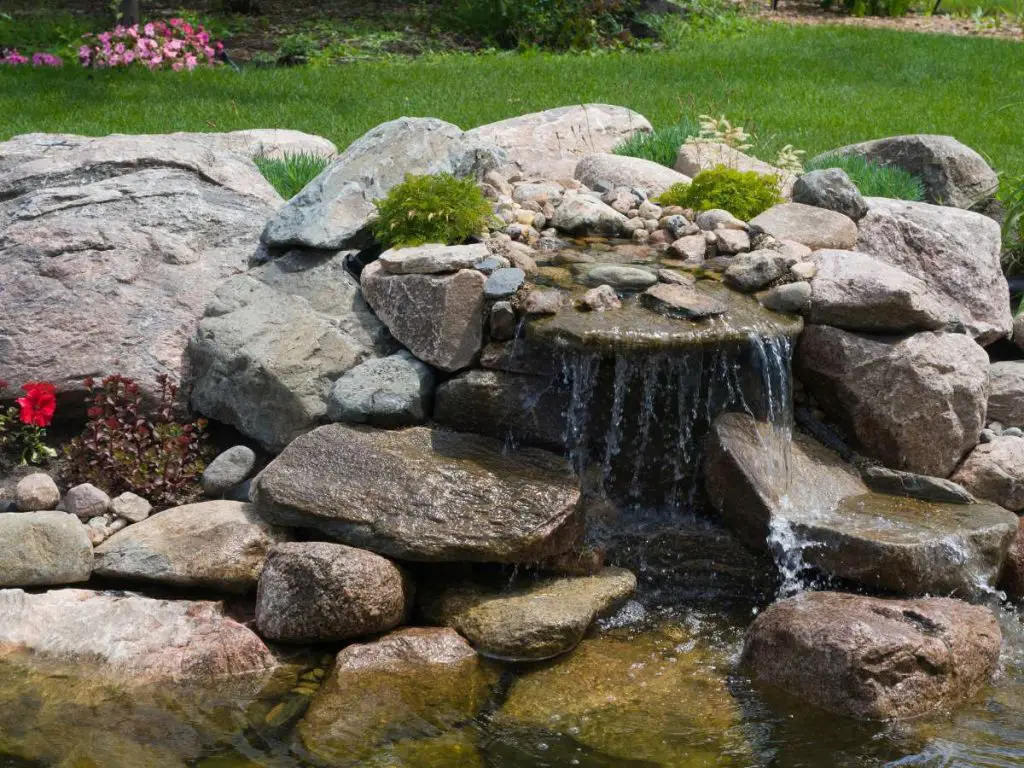
Provide Alternative Food Sources To Protect Pond Plants
When it comes to keeping your koi fish from devouring your beloved pond plants, providing alternative food sources is key. By offering your koi fish something else to munch on, they’ll be less likely to see your plants as a tasty snack.
Here are a few strategies you can try:
Introducing floating fish food
One simple and effective way to divert your koi fish’s attention away from your plants is to introduce floating fish food. This specially designed food floats on the water’s surface, making it easily accessible to your fish while keeping them away from your precious plants. It’s like setting up a delicious buffet for your koi fish!
Setting up a feeding station away from plants
Another trick is to create a designated feeding station for your koi fish that’s located away from your pond plants. This will help condition your fish to associate a specific area with mealtime, reducing their interest in exploring the rest of the pond for food. Plus, it’ll give your fish a sense of structure and routine, just like when you sit down at the kitchen table for dinner.
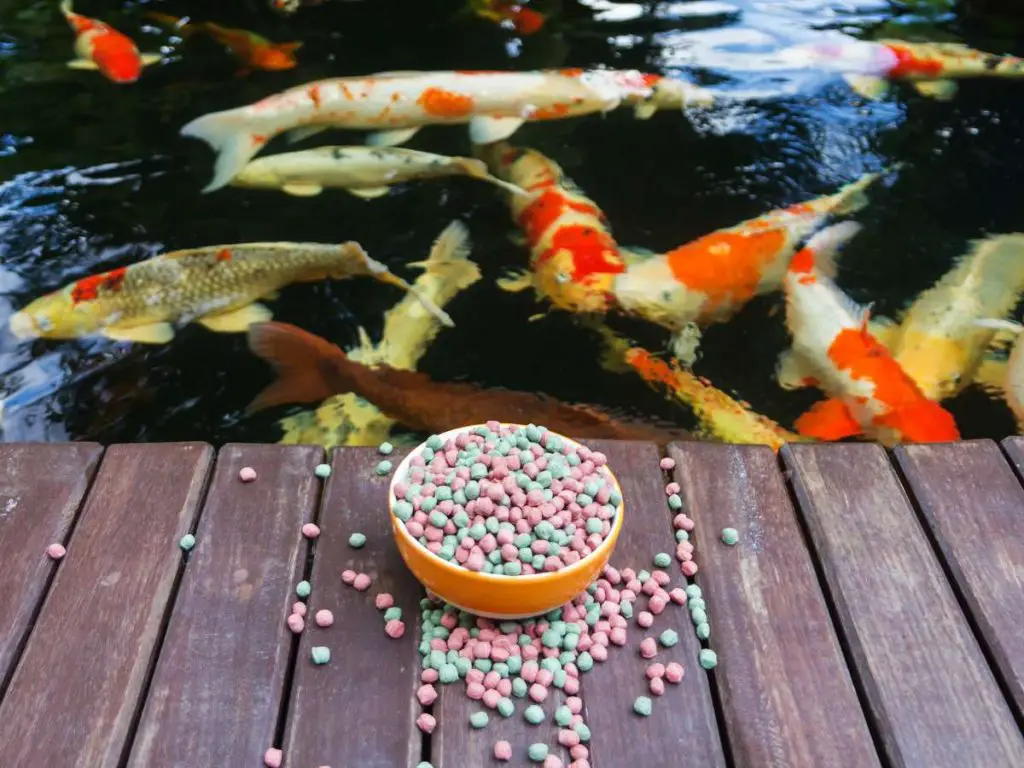
Using plant-friendly fish food varieties
If you’re worried about your koi fish becoming too reliant on alternative food sources, you can opt for plant-friendly fish food varieties. These specially formulated options contain a balanced blend of nutrients that support both the health of your fish and the growth of your pond plants. It’s like hitting two birds with one stone – your fish stay well-fed, and your plants stay intact.
With these strategies in place, you’ll be well on your way to ensuring that your koi fish don’t mistake your pond plants for their next meal. By providing alternative food sources, you’re giving your fish a delectable distraction from your greenery, and preserving the beauty of your pond in the process.
Distract Pond Fish From Eating Pond Plants
One effective way to prevent koi fish from devouring your precious pond plants is by providing them with alternative hiding places. By creating suitable hiding spots, you can divert their attention away from your plants and keep them entertained and occupied. Here are some strategies to consider:
Incorporating submerged structures or plants
Koi fish love exploring and swimming around different structures in their habitat. By adding submerged structures, such as rock caves or sunken logs, you can provide them with new areas to explore. Additionally, incorporating pond plants that can withstand their nibbling can help redirect their grazing activities. Consider plants like water lilies, water hyacinths, or hornwort, as these are known to be more resistant to koi feeding.
As a bonus, providing more plants and shading can also help prevent koi sunburn.
Creating fish caves or tunnels
Another great idea is to create fish caves or tunnels within your pond. These additions not only provide shelter and hiding places for your koi fish but can also enhance the overall aesthetic appeal of your pond. You can use materials like PVC pipes, plastic barrels, or even ceramic pots upside down to create these dedicated spaces for your fish to retreat to. Ensure that the openings are large enough for the fish to swim through comfortably.
Installing floating platforms for fish
Luckily, koi fish enjoy basking in the sun, so why not give them a dedicated spot to enjoy some sunshine? Installing floating platforms in your pond can serve as both resting places and a form of entertainment for your fish. These platforms can be made from materials like foam boards, wood, or even repurposed pool noodles. Just make sure they are securely anchored in place so that they don’t drift away in strong currents.
Overall, providing koi fish with alternative hiding places not only diverts their attention from your pond plants but also enhances their overall well-being. By incorporating submerged structures, creating fish caves or tunnels, and installing floating platforms, you are creating an engaging and stimulating environment for your fish to thrive in.
Water Quality and Plant Maintenance
Finally, keeping your pond plants healthy and thriving is not only essential for their aesthetic appeal but also plays a crucial role in deterring koi fish from munching on them.
By maintaining optimal water quality and regularly attending to plant maintenance, you can create an environment that discourages koi from making a buffet out of your precious plants.
Monitoring and optimizing water parameters
First and foremost, it’s essential to monitor and maintain the water parameters of your pond. Koi fish tend to be more likely to feast on plants when the water conditions are less than ideal. By regularly testing and optimizing parameters such as pH levels, ammonia, nitrate, and phosphate levels, you can help create an environment that promotes plant growth and discourages koi fish from chowing down.
Regular plant pruning and thinning
In addition to maintaining optimal water conditions, it’s crucial to stay on top of your plant maintenance routine. Regular pruning and thinning of your pond plants not only help promote healthy growth but also reduce the temptation for koi fish to snack on them. Removing any dead or decaying plant matter also prevents the release of tempting scents that may attract koi.
Maintaining proper nutrient levels in the water for plant growth
Proper nutrient levels in the water are vital for the healthy growth of pond plants. However, excessive nutrients can lead to overgrowth and increased palatability for koi fish. To strike the right balance, consider incorporating a nutrient control strategy such as using aquatic plant fertilizers in moderation or introducing plant-friendly animals like snails and tadpoles to help consume excess nutrients.
By prioritizing water quality and plant maintenance, you can significantly reduce the likelihood of koi fish devouring your pond plants. Remember, healthy and thriving plants not only add beauty to your pond but also provide a natural deterrent for koi fish.
Your Koi and Your Plants Can Co-Exist
So there you have it – a comprehensive guide on how to prevent koi fish from feasting on your precious pond plants. By understanding koi fish behavior, selecting the right plants, implementing physical barriers, providing alternative food sources, and adding hiding places, you can successfully protect your plants and create a harmonious and thriving pond ecosystem.
In summary, here are the main facts covered in this article:
- Koi fish have a natural tendency to eat pond plants, which can be detrimental to their growth and overall health.
- Choosing koi fish-friendly plants that are less likely to be consumed can minimize the risk of damage.
- Physical barriers such as pond netting, rock or gravel borders, and floating plant islands can effectively deter koi fish from reaching and damaging plants.
- Introducing alternative food sources like floating fish food and setting up feeding stations away from plants can redirect koi fish’s attention.
- Incorporating hiding places like submerged structures, fish caves, and floating platforms can provide koi fish with alternative spaces to explore and prevent them from focusing on plants.
- Maintaining optimal water quality and regularly pruning and thinning plants are essential for the health and growth of both koi fish and pond plants.
So, whether you’re a pond enthusiast or just want to ensure the well-being of your beautiful plants, give these strategies a try and enjoy the beauty and tranquility of a pond filled with thriving plants and happy koi fish!
Related Questions
Can koi fish be trained not to eat pond plants?
While it may not be possible to completely train koi fish to ignore pond plants, using a combination of physical barriers, providing alternative food sources, and creating hiding places can help deter them from consuming the plants. Consistency and patience are key when attempting to modify fish behavior.
Can adding certain types of fish to the pond help protect the plants from koi fish?
Certain species of fish, such as goldfish or minnows, can be added to the pond to help protect plants from koi fish. These smaller fish can serve as distractions or competitors for food, diverting the koi’s attention away from the plants. However, it’s important to research and carefully introduce compatible fish species to ensure a harmonious ecosystem.

